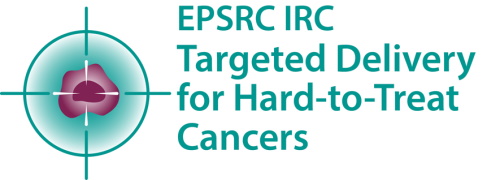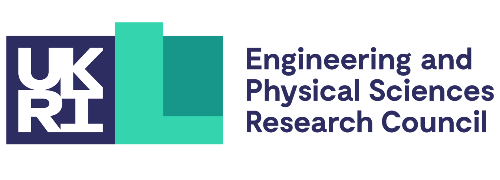
Submitted by L. Millard on Mon, 25/10/2021 - 09:23
The latest in the monthly IRC blog series, Cancer in Sight, written by post-graduate Research Associate Dr Paraskevi Kasapidou, reflects on her personal and professional motivation as part of the IRC team developing hydrogels for hard-to-treat cancers.
Titled ‘Understanding the urgency of research in drug delivery for hard-to-treat cancers’, the blog describes Dr Kasapidou’s role as part of the IRC team working with Professor Oren Scherman on the development of supramolecular hydrogels used for targeted drug delivery of the three hard-to-treat cancers in sight of the IRC programme – glioblastoma, a malignant form of brain tumour, pancreatic cancer and mesothelioma.
Acknowledging the urgency and challenge of the IRC’s task to develop new technologies to effectively deliver drugs to treat these cancers, Dr Kasapidou reflects on her personal motivation to follow her path as a scientist working in the field of drug delivery: “My best friend in the UK was diagnosed with triple-negative breast cancer three years ago. Going through various procedures with her and seeing how the system did not have an effective treatment was very frustrating for me as a scientist. After she was diagnosed the cancer progressed very quickly. Her chemotherapy did not prevent metastases developing in the liver and even though her treatment was changed, followed by a mastectomy and additional chemotherapy, it metastasised to her brain. She was a lovely woman, so strong, an angel and just 43 – someone I will remember for the rest of my life and carry with me always.“
The blog brings focus to the effort, rigour and commitment required for the drug delivery technologies to successfully make the journey from the lab to the clinic and Dr Kasapidou explains her excitement at being part of Professor Scherman’s team that is progressing the hydrogel “because the formulation he has developed has progressed far and already has promising in vivo data. He is validating the performance of the hydrogels with tumour cells coming from patients diagnosed with glioblastoma, which moves the formulation so much closer to translation to the clinic. Sadly, this is an exception and not the rule – from discussions with colleagues working in the wider glioblastoma community it appears that most of the formulations developed, around 70 per cent or so, fail to reach the clinic”.
• Read the full Cancer in Sight Blog by Amanda Fuller, IRC Programme Manager, here.


